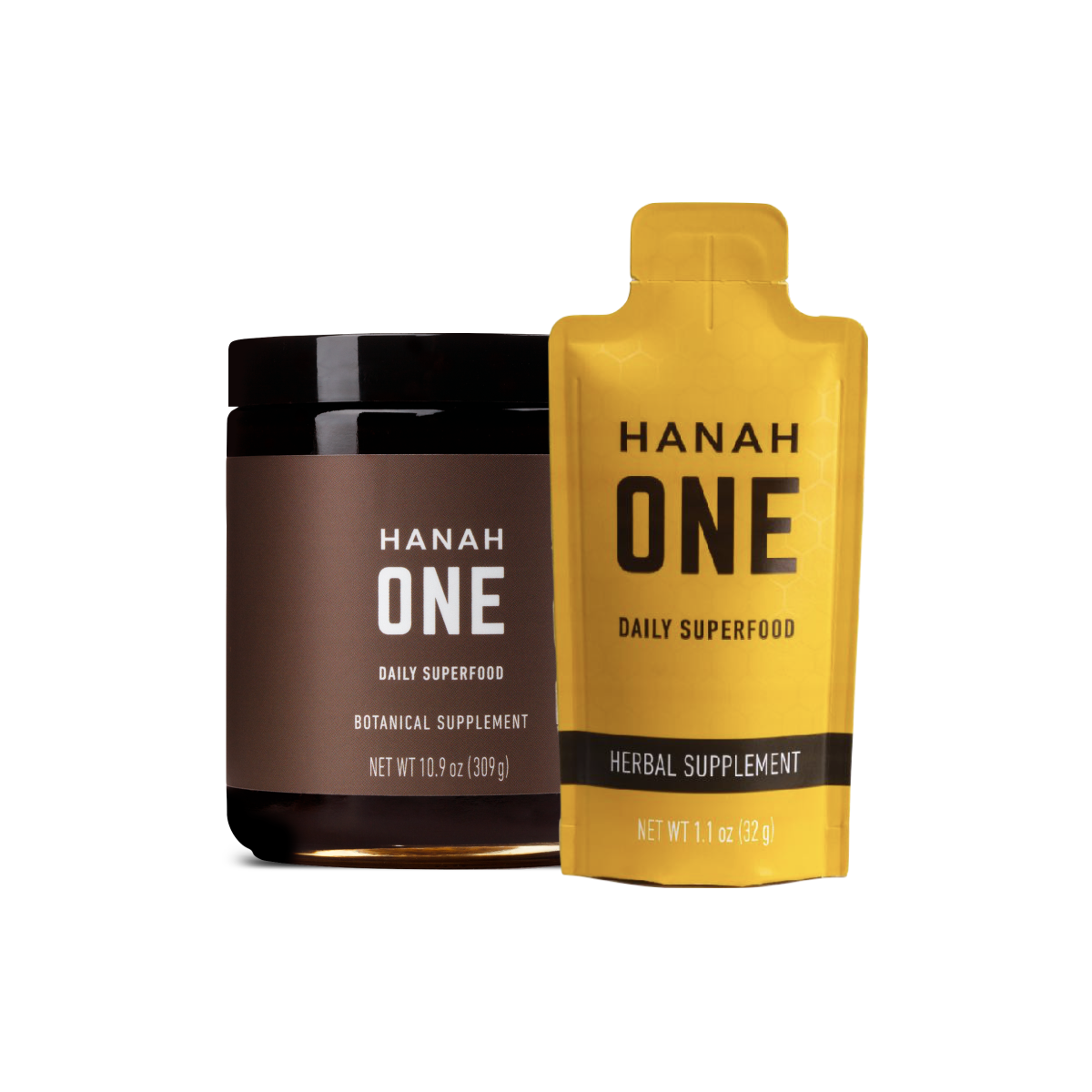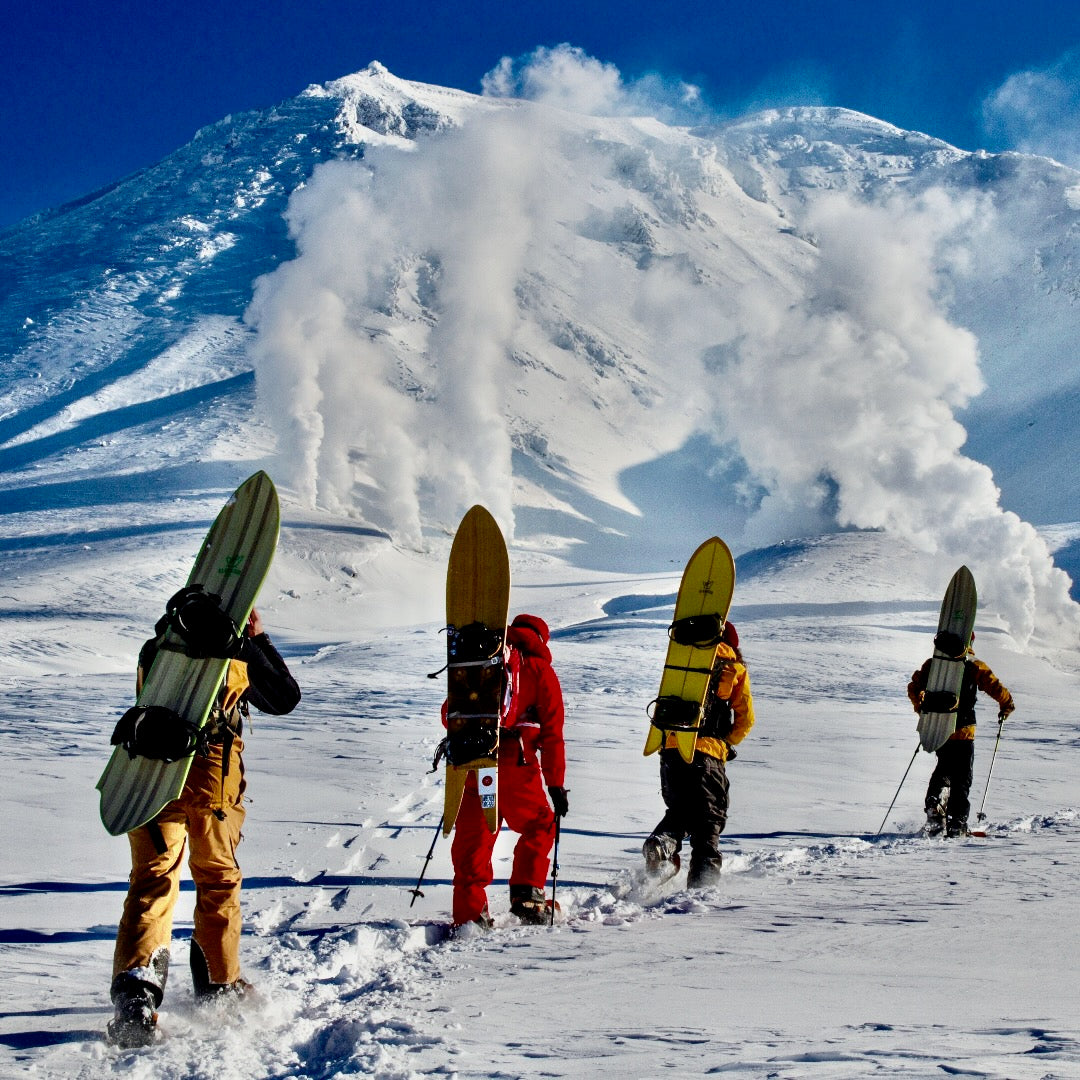Supplement Facts: When food is not enough (Part 1)

Supplement Facts: An exclusive HANAH series meant to lift the lid off the supplement industry. An industry known for misinformation, false claims and deception. With over 85,000 supplements on the market today, our intent is to provide you with the information you need to ensure you are fully equipped to:
- Differentiate between low-grade and premium supplements
- Understand the current supplement market and how we got to now
- Identify red flags on labels and in descriptions
- Avoid potentially harmful ingredients
- Choose companies whose pure products you can trust
- Integrate supplements into a healthy lifestyle
- Further enhance such a way of life with other beneficial practices
In an ideal world, we’d all be able to get all the nutrients we’d ever need from our food
The 2018 edition of an annual research report published by the Council for Responsible Nutrition (CRN), a leading supplement and functional food trade association, notes that 75 percent of US adults regularly take at least one dietary supplement, a 10 percent increase since 2009 – that’s around 150 million people. Among the most revealing parts of the latest CRN survey were the reasons that each demographic gave for supplementation. The number one justification among 18 to 34, 35 to 54, and 55+ year-olds was overall wellness. In the youngest age group, increasing energy levels and the appearance of hair, skin, and nails came next. The middle bracket identified energy and also filling nutrient gaps. The latter was also a top concern among the older group, followed by bone and heart health.[i]
While we could go to town on the increasing energy levels and overall wellness topics, let’s instead examine another common answer that we’ve done our homework on: filling nutrient gaps. In an ideal world, we’d all be able to get all the nutrients we’d ever need from our food and have no need to take supplements at all. But that isn’t the reality we’re faced with. To figure out why, we need to check out how agriculture has changed over the past couple of hundred years and see how this has, in some ways, diminished the quality of the food we put in our refrigerators and on our dinner tables, even as the number of choices have increased.
While the Industrial and Agricultural Revolutions ushered in many advances in business and production, they also created a lot of problems. These included the introduction of mechanization and the use of chemicals. Farmers have always wanted to get the most from their harvests, for as long as people have cultivated crops. But being in touch with the land daily, they also understood the need to rotate different plants and allow each field time to periodically go fallow (i.e. not be planted, tilled, or reaped from) so that the soil would recover and remain healthy. However, with the rise of what we now know as modern capitalism, such concerns quickly went out the window.
The desire to produce more inside and outside the confines of factory walls was influenced by a series of technical advancement and a relentless focus on quotas, targets, and production volume. This mindset perpetuated into the 20th century, with everything from Henry Ford’s assembly line to churning out weaponry en masse in World War II to just-in-time production at Toyota upping the ante for sheer output. And then, as manufacturing in the US, UK, and Western Europe declined and big contracts went overseas, the sweat shops of the Victorian age returned in China, Taiwan, and other developing countries that offered the promise of cheap labor and rapid turnaround time on mass-produced goods.
The Impact of the Industrial and Agricultural Revolutions

This philosophy crept into the countryside as well. In his book The Enlightened Economy, economic historian Joel Mokyr reveals that British farms were able to maintain high production yields with techniques like “the famous Norfolk rotation, in which clover and turnips were rotated with barley and wheat.”[ii] For every six fields a farmer had, four were devoted to these crops, with one fodder and one grazing crop to allow livestock breeding all year round. Across the pond in the US, George Washington Carver popularized a similar system, encouraging Southern farmers to rotate soil-enriching crops like peas and peanuts with soil-depleting ones like cotton. Such a practice put long-term sustainability above short-term profit.
Unfortunately, these careful methods could not last forever. Though the early tools of the Agricultural Revolution pioneered in the early to mid-1800s – like seed drills, horse-drawn reapers, and threshing machines – were compatible with the Norfolk Rotation and Carver’s version of it, commercialization continued to gather pace in the second half of the 19th century. A turning point occurred in 1849, when blended chemical fertilizers became widely available for the first time. By the end of the century, this had gone from a niche product to a wildly popular one, with annual usage reaching 1.85 million tons by 1899, a figure that would more than triple to 6.1 million by 1919 and hit almost 13.6 million by 1949.[iii]
In the late 1800s and early 1900s, the practice of leaving some fields to go fallow and others to livestock grazing also fell out of favor, as did rotating a broad range of crops. Soon enough, farming was no longer about balancing yields with the vitality of the land, but rather identifying the highest price crops, growing as much of them as they could, and extending the growing season until it was year-round if possible. The fiscal benefits of this switch to monoculture are undeniable, but all too soon, the hidden costs of over-farming purely for profit became apparent.
What's in the water?

Another unintended but very real consequence of industrialization was the influx of heavy metals, dyes, and other waste products from factories, mines, and power plants into the water supply. Irrigation of farmland is nothing new. According to anthropologist Curt Reynolds and Rebecca Lindsey, it was a major factor in the creation of the Fertile Crescent that borders the Mediterranean Sea and helped create what we now know as the Middle East around 8,000 years ago.[iv]
The Romans pioneered a major advance in irrigation with the creation of the aqueduct, which used a network of pipes, bridges, canals, and tunnels to supply both cities and major farming regions with water from fresh springs. Such advances were largely positive as they allowed populations to avoid having to establish cities next to large rivers, and for people in existing settlements to stop wasting time ferrying water back and forth in smaller quantities (a constraint that still bedevils people in parts of the developing world today).[v]
However, once human society underwent another seismic change and transitioned from a rural economy to an urban one, the nature of irrigation was also altered. After the Industrial Revolution, the main principles of the Roman water supply still held, but now the production of clothing and other goods was no longer handcrafted (this was a long time before bearded hipsters selling their wares on Etsy) - it was mechanized. The rise of the machines led to pollution of both air and water as cities grew and factories simultaneously produced large volumes of goods that helped improve people’s lives and toxic byproducts that harmed them.[vi]

With little to no governmental regulation or environmental protection in place, factories spewed out everything from oil to heavy metals like mercury and lead, which went directly into rivers and the ocean. The same went for runoff from mines. You might’ve learned about acid rain in the 20th century at school, but the phenomenon was first observed by Robert Angus Smith as early as 1859, with the pioneering environmental chemist attributing the issue to the constant smoke billowing from coal-fired factories and gas from hydrochloric acid.[vii] And although smog is bad in today’s cities it was arguably even worse in Victorian times, with residents of London, Chicago, and other major metropolitan areas emerging from their soot-cloaked homes into black, noxious air and sometimes artificial fogs created by the ever-smoking chimneys that dominated the skyscape. That’s right, London Fog isn’t merely a $5 drink you can buy at your local coffee shop, but a health hazard that used to kill thousands of people a year in England’s capital - claiming 12,000 lives as recently as 1952.[viii] While those clever Romans had created sophisticated sewer systems, Western cities of the 1800s and early 1900s had regressed dramatically in the sanitation stakes, and sewage often ran like rivers in the streets.
Much of this pollution found its way into the water supply and, therefore, was piped to farms, where it was sprayed onto crops. Though the early 1970s saw the passage of two landmark laws - the 1970 Clean Air Act and the 1972 Clean Water Act, water pollution still remains a significant problem in the US, as shown by incidents like the lead contamination in Flint, Michigan. And anytime there’s pollution in groundwater, it’s not just present in what we drink, but also irrigating the fruit, vegetables, and grains we buy at the supermarket. If you take supplements derived from “natural” ingredients, these might also contain the same contaminants.
With monoculture agricultural practices continuing to gain steam, the outlook for our soil and food quality look bleak. The Earth’s soil is depleting at more than 13% the rate at which it can be replaced, directly causing the loss of approximately 75% of the world’s crop varieties.[viiii] When it comes to our water supplies, more than 80% of the world’s wastewater—containing metals, solvents and toxic sludge from industrial processes—flows back into the environment without being treated.[x] This dire state of our soil’s health, the decline of biodiversity and contamination of water supplies has created a scenario in which our actual food supply is in danger and a balanced diet from natural sources is not achievable with respect to satiating our body’s basic nutrient requirements.
Stay tuned
In part two of this installment of Supplement Facts, “When Food Is Not Enough”, we'll dive into the rise of pesticides in agriculture and sum everything up by making our case for supplement use
Sources
[i] Ibid.[ii] Edward Glaeser, “Thinker and Tinkerers,” The New Republic, June 21, 2010, available online at https://newrepublic.com/article/75651/thinkers-and-tinkerers.
[iii] Mary Bellis, “American Farm Machinery and Technology Changes from 1776-1990,” ThoughtCo, March 24, 2018, available online at https://www.thoughtco.com/american-farm-tech-development-4083328.
[iv] Curt Reynolds and Rebecca Lindsey, “Just Add Water: A Modern Agricultural Revolution in the Fertile Crescent,” NASA, September 15, 2003, available online at https://earthobservatory.nasa.gov/features/HarranPlains.
[v] “Roman Aqueducts,” National Geographic, available online at https://www.nationalgeographic.org/encyclopedia/roman-aqueducts/.
[vi] “Water and Air Pollution,” History.com, available online at https://www.history.com/topics/natural-disasters-and-environment/water-and-air-pollution.
[vii] John Hudson, “Acid Rain and the Rise of the Environmental Chemist in 19th Century Britain,” The Royal Society of Chemistry, August 22, 2014, available online at https://www.chemistryworld.com/culture/acid-rain-and-the-rise-of-the-environmental-chemist-in-19th-century-britain/7670.article.
[viii] Alessandra Potenza, “In 1952 London, 12,000 People Died from Smog — Here's Why that Matters Now,” The Verge, December 16, 2017, available online at https://www.theverge.com/2017/12/16/16778604/london-great-smog-1952-death-in-the-air-pollution-book-review-john-reginald-christie.
[viiii] “How Monoculture Threatens the Future of Food.” Mercola.com, articles.mercola.com/sites/articles/archive/2013/01/01/bees-dying-from-chemical-agriculture.aspx.
[x] May 14, 2018 Melissa Denchak. “Water Pollution: Everything You Need to Know.” NRDC, 2 Sept. 2020, www.nrdc.org/stories/water-pollution-everything-you-need-know.






Leave a comment
This site is protected by hCaptcha and the hCaptcha Privacy Policy and Terms of Service apply.